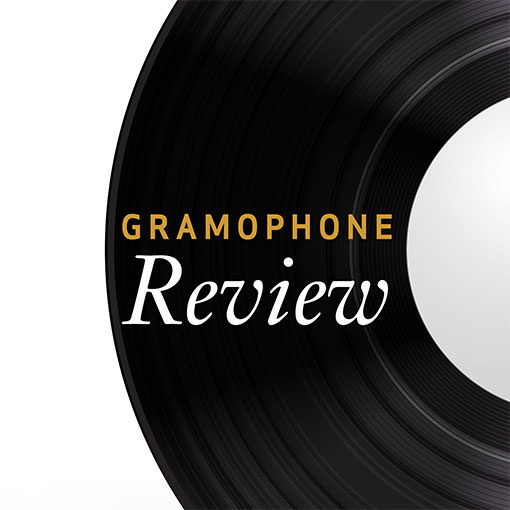Shostakovich Piano Trios
There’s poetry in the performance throughout this fine chamber disc
View record and artist detailsRecord and Artist Details
Composer or Director: Dmitri Shostakovich
Genre:
Chamber
Label: Hyperion
Magazine Review Date: 7/2011
Media Format: CD or Download
Media Runtime: 62
Mastering:
Stereo
DDD
Catalogue Number: CDA67834

Tracks:
| Composition | Artist Credit |
|---|---|
| Piano Trio No. 1 |
Dmitri Shostakovich, Composer
Dmitri Shostakovich, Composer Florestan Trio |
| (7) Romances on Verses by Alexander Blok |
Dmitri Shostakovich, Composer
Dmitri Shostakovich, Composer Florestan Trio Susan Gritton, Soprano |
| Piano Trio No. 2 |
Dmitri Shostakovich, Composer
Dmitri Shostakovich, Composer Florestan Trio |
Author: Stephen Plaistow
In 1967 he had envisaged playing the piano part himself at the first performance but was not well enough. In writing it he had taken into account his own restricted capabilities, he said, though I can imagine Susan Tomes reacting to that with a raised eyebrow – there is plenty for the pianist to do. As always with the Florestan Trio, the judgement of musical considerations generates what they do. Trio formations of big solo personalities can be good to hear in a piece such as the Trio No 2 – it was recorded by David Oistrakh, Milo≈ Sádlo and the composer himself – but the rewards which come from the best of accredited groups can be more lasting. Finesse of blended sound and detail have to do with this, but it is really a question of musical group dynamics responding more acutely to the energies and flux of intensities within the music itself. In the Romances, Susan Gritton is very much part of the ensemble. The command of a constantly modulated dynamic and expressive life is admirable: and I like her singing for its true, centred tone, coloured by the Russian words and impeccably controlled. Special praise too for Anthony Marwood, cooking up on the violin a contribution sul ponticello to the terrifying storm and not afraid to go the extra distance.
The near-frantic “edge” to the second movement of the Piano Trio No 2 is vivid too; and the finale, the longest and weightiest of the four, seems to me exceptionally well realised. Neither in 1944, when this work was completed, nor at the time of the Romances in 1967 was Shostakovich a happy man but the resolution he achieves is as if to say that some hope and belief in the future must be maintained. To these two pieces, the Piano Trio No 1 of 1923 is more than a makeweight, the crosscut contrasts and theatre of it already characteristic of him, at the age of 16.
The songs are placed second, between the trios, and I have especially enjoyed listening to them and the Trio No 2 in sequence. The recordings were made last year in London in the Henry Wood Hall and the balances, so tricky to get right with a piano trio, are everything they should be. Robert Philip’s essay in the booklet makes me determined to spend more time with Shostakovich, the late music in particular.
Discover the world's largest classical music catalogue with Presto Music.

Gramophone Digital Club
- Digital Edition
- Digital Archive
- Reviews Database
- Full website access
From £8.75 / month
Subscribe
Gramophone Full Club
- Print Edition
- Digital Edition
- Digital Archive
- Reviews Database
- Full website access
From £11.00 / month
Subscribe
If you are a library, university or other organisation that would be interested in an institutional subscription to Gramophone please click here for further information.





